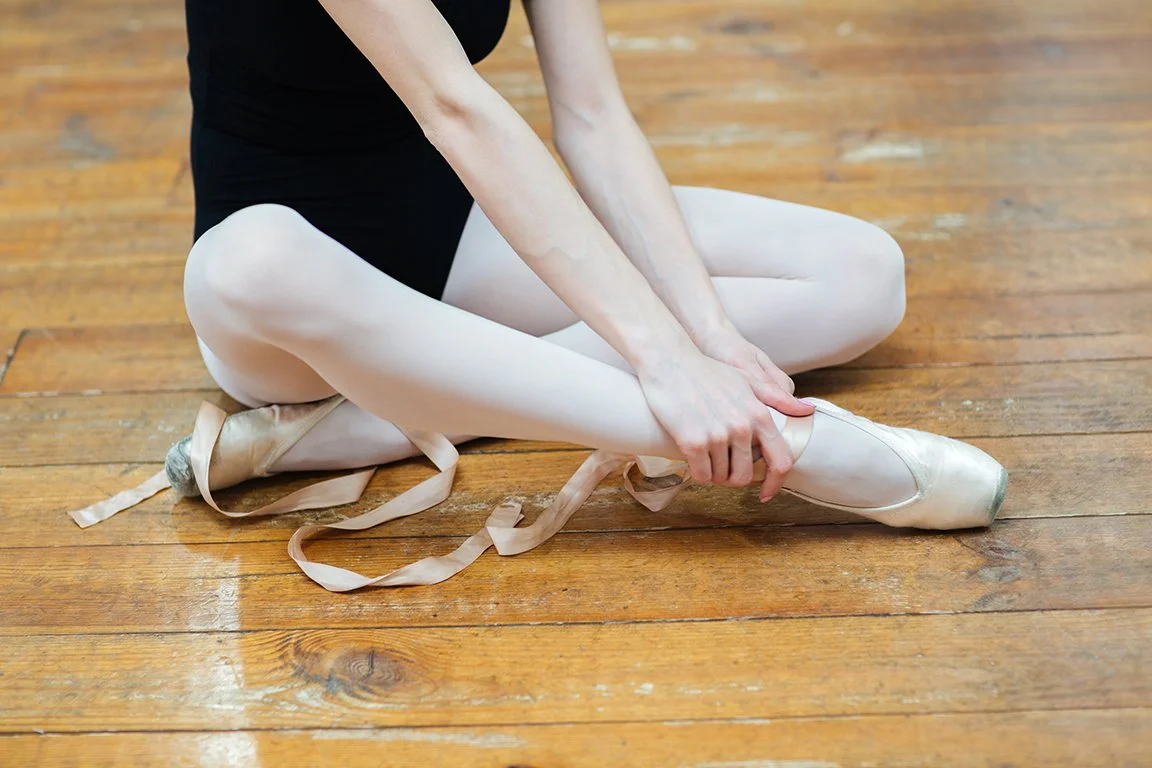Tibialis Posterior Tendon Dysfunction
This condition refers to the overstretching of the tibialis posterior tendon. Acute (short term) injuries of this tendon are rare. It is mainly caused by chronic (long term) overuse of the tendon due to poor biomechanics that eventually leads to pain, inflammation and possible degeneration.
It is more often seen in middle-aged women and also dancers, particularly ballet dancers. They usually describe pain with a gradual onset, located along the arch and medial (inner) ankle. This muscle plays a vital role in maintaining the function of the foot arch. Therefore, if this tendon suffers injury, there is an increased risk that the arch will slowly collapse over some time. This can then lead to further injuries including ankle pain, heel spurs and plantar fasciitis.
As this condition can progress to tendon tears or complete rupture, intervention should be sought immediately. A diagnosis is usually made with a physical examination but ultrasound or MRI may be recommended if the level of severity suggests possible tear or rupture.
Treatment
Treatment revolves around reducing load from the tibialis posterior tendon. Modifying activity levels, rest and changing to lower impact activity is usually advised. Symptomatic relief includes heat and ice therapy to the affected area and anti-inflammatory medication may be indicated. Immobilising the tendon through strapping, bracing or a moon boot may recommended to allow for quicker recovery.
Prevention includes wearing supportive footwear, with or without orthotics, to reduce strain on the tendon. Regular strength and conditioning work on the calf and tibialis posterior muscles is also crucial.
Referral for surgery is reserved for cases that fail to respond to conservative treatment after a certain period or if a tear or rupture is confirmed and if the patient requires rapid recovery.


